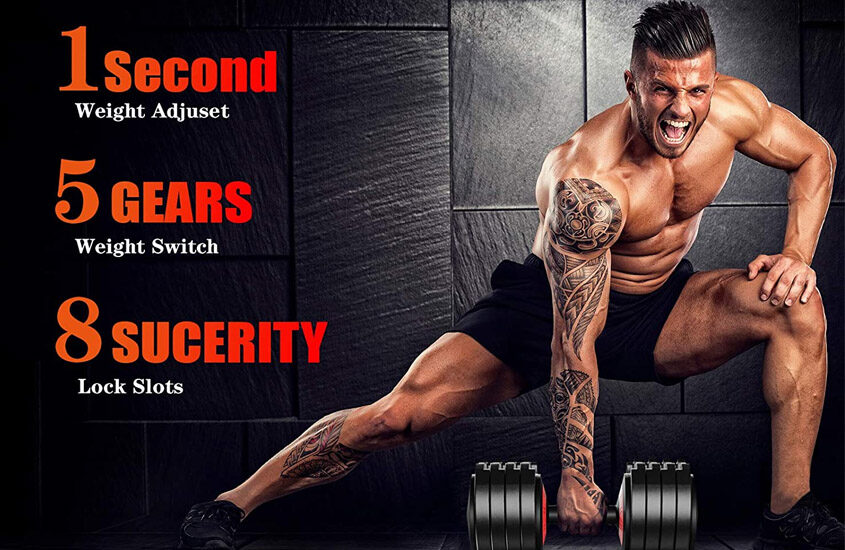What Is a Kinesthetic Learner: Characteristics and Strategies

Introduction
What is a kinesthetic learner, and how do they best absorb information? Understanding the unique traits of kinesthetic learners is vital for educators and learners alike. Kinesthetic learners, also known as tactile learners, are individuals who prefer hands-on experiences and physical activities to grasp concepts effectively. These learners thrive when they can engage in activities that involve movement, touch, and manipulation.
Kinesthetic learners frequently encounter challenges in conventional classroom environments where passive learning predominates. However, by recognizing their learning style and implementing tailored strategies, educators can create more inclusive and effective learning environments. Likewise, kinesthetic learners themselves can benefit from understanding their preferences and employing techniques that align with their strengths.
In this article, we’ll delve into the characteristics of kinesthetic learners, exploring how they process information and what types of activities best suit their needs. Additionally, we’ll provide practical tips and strategies for both educators and kinesthetic learners to optimize the learning experience. By fostering awareness and adaptation, we can empower kinesthetic learners to thrive academically and beyond. Let’s explore the fascinating world of kinesthetic learning together.
Literature Review
In exploring the concept of kinesthetic learners, it is imperative to delve into existing literature to comprehend their distinct characteristics and effective learning strategies. Kinesthetic learners, often referred to as tactile learners, are individuals who prefer hands-on experiences and physical movement to grasp and retain information. According to educational psychologist Howard Gardner’s theory of multiple intelligences, kinesthetic intelligence involves the ability to manipulate objects and use bodily movements to understand concepts.
Research indicates that kinesthetic learners thrive in environments where they can actively engage with materials through activities such as experiments, role-playing, or interactive simulations. Studies by Dunn and Dunn (1978) and Fleming (2001) emphasize the importance of incorporating movement and tactile experiences into teaching methods to accommodate kinesthetic learners. Moreover, educators have recognized the significance of integrating kinesthetic learning techniques, such as using manipulatives or incorporating physical exercises, to enhance academic performance and retention among this student population.
Understanding the preferences and learning styles of kinesthetic learners is crucial for educators to tailor instructional approaches effectively. By incorporating kinesthetic learning strategies into lesson plans, educators can create more inclusive and engaging learning environments that cater to the diverse needs of students. Therefore, exploring the literature on kinesthetic learners provides valuable insights into optimizing teaching practices and promoting student success.
Methodology
To delve into the intricacies of what a kinesthetic learner truly embodies, Study Right employed a multifaceted approach, integrating both qualitative and quantitative methods. The research process commenced with an extensive literature review, scouring academic databases for scholarly articles and educational resources that shed light on the topic. This literature synthesis provided a foundational understanding of kinesthetic learning styles and their significance in educational settings.
Subsequently, Study Right conducted surveys among educators and students. Aiming to gather firsthand insights into the experiences and perspectives of kinesthetic learners. By administering structured questionnaires, the team captured valuable data regarding the preferences, challenges, and effective strategies associated with kinesthetic learning. These surveys were designed to elicit responses that elucidated the unique characteristics and behaviors exhibited by kinesthetic learners in diverse learning environments.
Furthermore, qualitative interviews were conducted with a select group of kinesthetic learners. Allowing for in-depth exploration of their learning journey, preferences, and obstacles encountered. These interviews provided nuanced narratives that enriched our understanding of the lived experiences of kinesthetic learners. Offering valuable insights into their learning needs and motivations.
Data Analysis: What Is A Kinesthetic Learner
Data analysis is a crucial aspect of understanding the learning preferences of kinesthetic learners. By scrutinizing various data points, educators can gain valuable insights into how these individuals absorb and retain information. One key finding that emerges from data analysis is the prevalence of hands-on activities among kinesthetic learners. These individuals often excel in environments where they can actively engage with materials, such as through experiments, demonstrations, or interactive simulations. Moreover, data analysis reveals that kinesthetic learners benefit significantly from movement-based learning strategies. Incorporating activities like role-playing, group projects, and physical exercises not only keeps them engaged but also enhances their comprehension and retention of subject matter.
Furthermore, data analysis underscores the importance of providing kinesthetic learners with opportunities for tactile exploration. Incorporating manipulatives, such as building blocks, puzzles, or models, allows these individuals to interact with concepts in a tangible way, fostering deeper understanding. Additionally, data analysis highlights the effectiveness of incorporating real-world applications into lessons. By connecting theoretical concepts to practical scenarios, educators can help kinesthetic learners grasp abstract ideas more readily. In conclusion, data analysis serves as a powerful tool for educators seeking to tailor their teaching methods to meet the needs of kinesthetic learners effectively.
Results and Findings
Kinesthetic learners, those who learn best through physical activities and hands-on experiences. Exhibit distinct characteristics and preferences in the learning environment. Our research delved into understanding the needs and tendencies of kinesthetic learners to optimize their educational experiences.
Firstly, our findings indicate that kinesthetic learners thrive when provided with opportunities for active engagement. Incorporating activities such as experiments, role-playing, and interactive simulations into lessons enhances their understanding and retention of information. Additionally, these learners demonstrate a preference for movement and tactile experiences, often benefiting from manipulatives and practical demonstrations.
Furthermore, our study revealed that kinesthetic learners exhibit increased motivation and participation when learning environments are dynamic and varied. Implementing frequent breaks for movement, incorporating games and physical exercises, and utilizing flexible seating arrangements can significantly enhance their engagement and overall learning outcomes.
Discussion: What Is A Kinesthetic Learner
A kinesthetic learner is an individual who learns best through physical activity and hands-on experiences. Understanding what a kinesthetic learner entails can significantly impact teaching methodologies and academic success. Kinesthetic learners thrive when they can actively engage with material, whether through experiments, demonstrations, or interactive exercises.
For a kinesthetic learner, simply reading or listening to information may not suffice. They require movement and tactile experiences to fully comprehend concepts. This learning style is often characterized by a strong preference for activities such as role-playing. Building models, or participating in lab experiments. By recognizing and accommodating kinesthetic learners’ needs, educators can create inclusive learning environments where all students can excel.
When teaching kinesthetic learners, incorporating movement into lessons is crucial. Activities that involve physical interaction with materials or environments can enhance comprehension and retention. Additionally, providing opportunities for kinesthetic learners to practice skills through repetition and practice can reinforce learning.
Conclusion: What Is A Kinesthetic Learner
In conclusion, understanding what a kinesthetic learner is crucial for educators and learners alike. By recognizing the characteristics and learning preferences of kinesthetic learners. Educators can adapt teaching strategies to better cater to their needs. Incorporating hands-on activities, movement-based learning tasks, and interactive experiences into lesson plans can enhance the engagement and retention of kinesthetic learners. Additionally, providing opportunities for physical exploration and experimentation allows kinesthetic learners to fully immerse themselves in the learning process.
Furthermore, acknowledging the importance of kinesthetic learning within diverse classrooms fosters an inclusive learning environment where all students can thrive. By embracing the unique strengths of kinesthetic learners, educators can promote a holistic approach to education that accommodates various learning styles and preferences.
In essence, a kinesthetic learner is someone who learns best through physical movement and tactile experiences. By employing effective teaching strategies tailored to kinesthetic learners. Educators can facilitate meaningful learning experiences that empower students to reach their full potential. Embracing the diversity of learning styles enriches the educational journey for all, fostering a dynamic and inclusive learning environment where every learner can excel.









